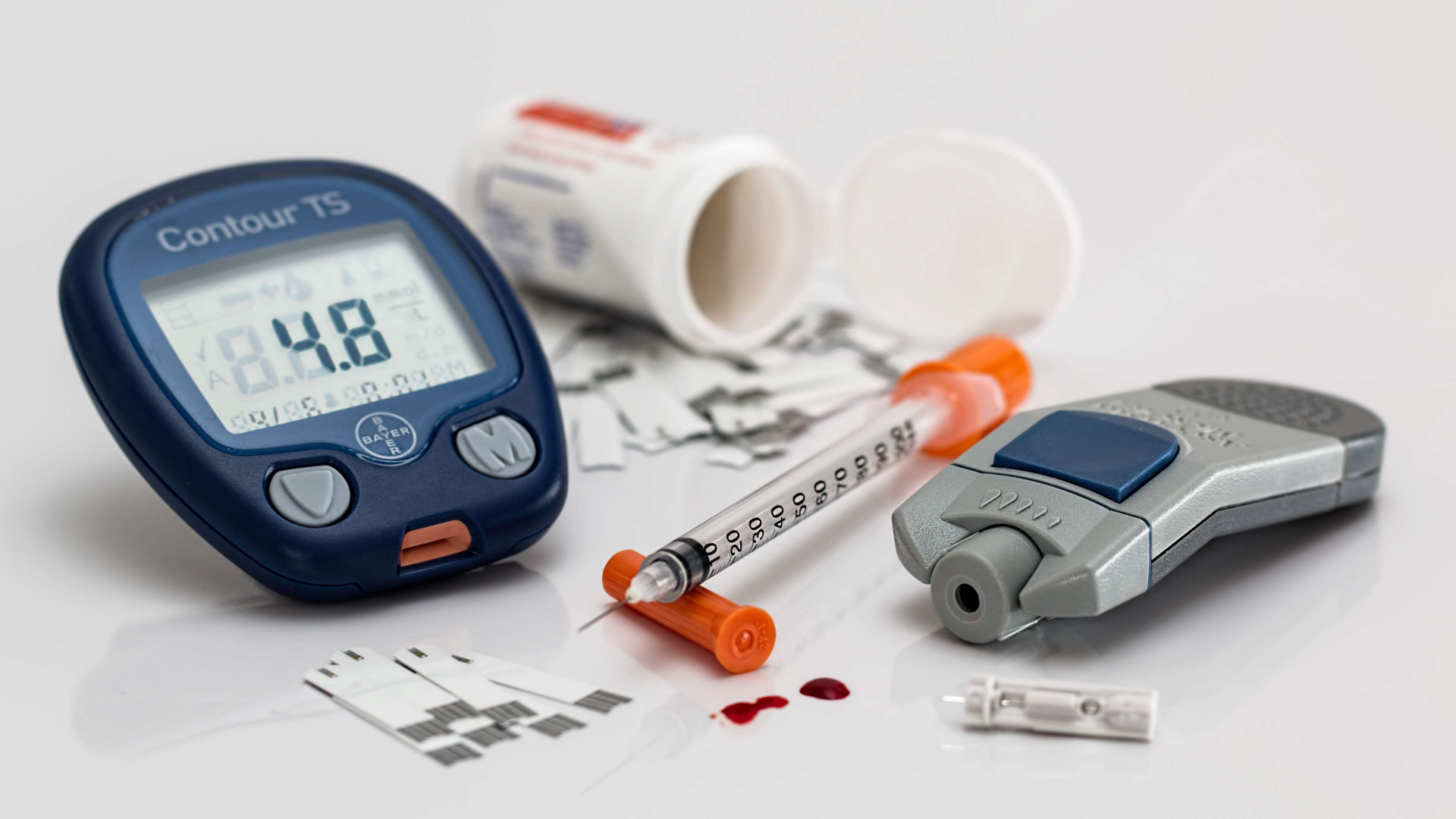Carrying extra weight is associated with experiencing more pain, according to a Stony Brook University study of more than one million U.S. citizens. Study participants who were the heaviest experienced the most pain. Although previous smaller studies have demonstrated a link between obesity and pain, this is the largest study to look at the association between body mass index (BMI) and pain. “Our findings confirm and extend earlier studies about the link between obesity and pain,” says study author Arthur Stone. “These findings hold true after we accounted for several common pain conditions and across gender and age.” Researchers calculated study participants’ BMI using height and weight measurements, and questioned participants about pain they were experiencing. Nearly two thirds of the respondents were overweight (38 percent) or obese (25 percent). Those who were obese were grouped into three obesity levels, from least to most obese, as defined by the World Health Organization. Overweight participants reported 20 percent higher rates of pain than normal weight participants, those in the Obese 1 group experienced 68 percent higher pain levels, Obese 2 group had 136 percent higher pain levels, and those in the Obese 3 group reported 254 percent higher pain levels. “We wanted to explore this relationship further by checking to see if it was due to painful diseases that cause reduced activity, which in turn causes increased weight,” says study co-author Joan E. Broderick. “We found that … obesity alone may cause pain, aside from the presence of painful diseases.” However, most obese participants were not experiencing primarily musculoskeletal pain, as might be expected. Body fat may trigger physiological processes resulting in inflammation, pain, depression, and arthritis. As people get older, additional weight is responsible for higher levels of pain, suggesting an ongoing process.
Study of One Million Americans Shows Obesity and Pain Linked





